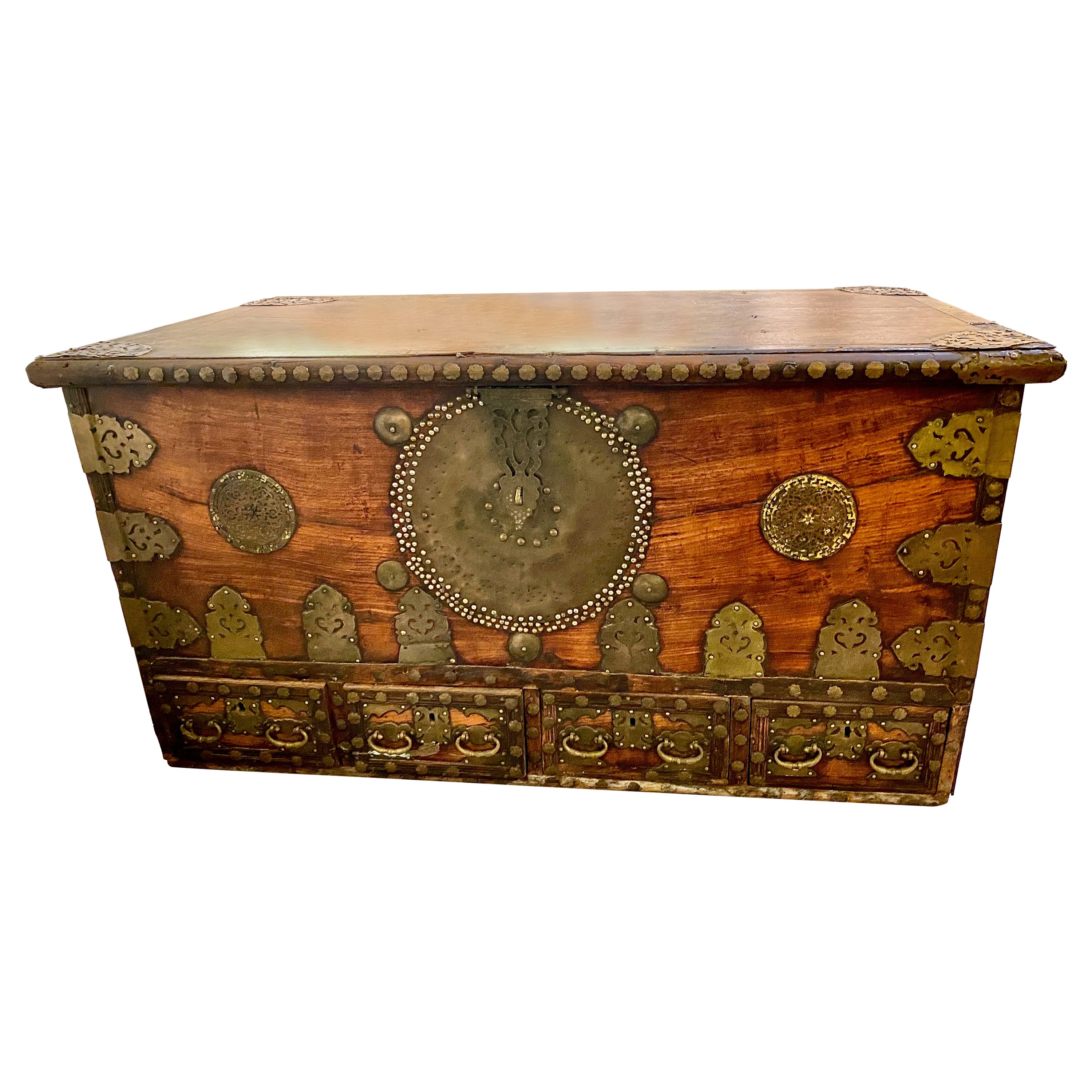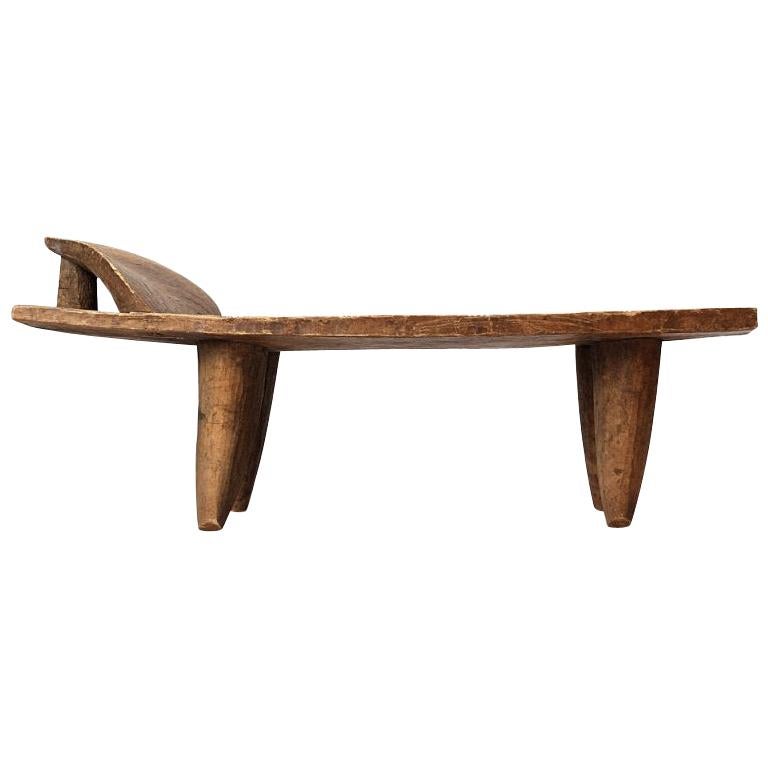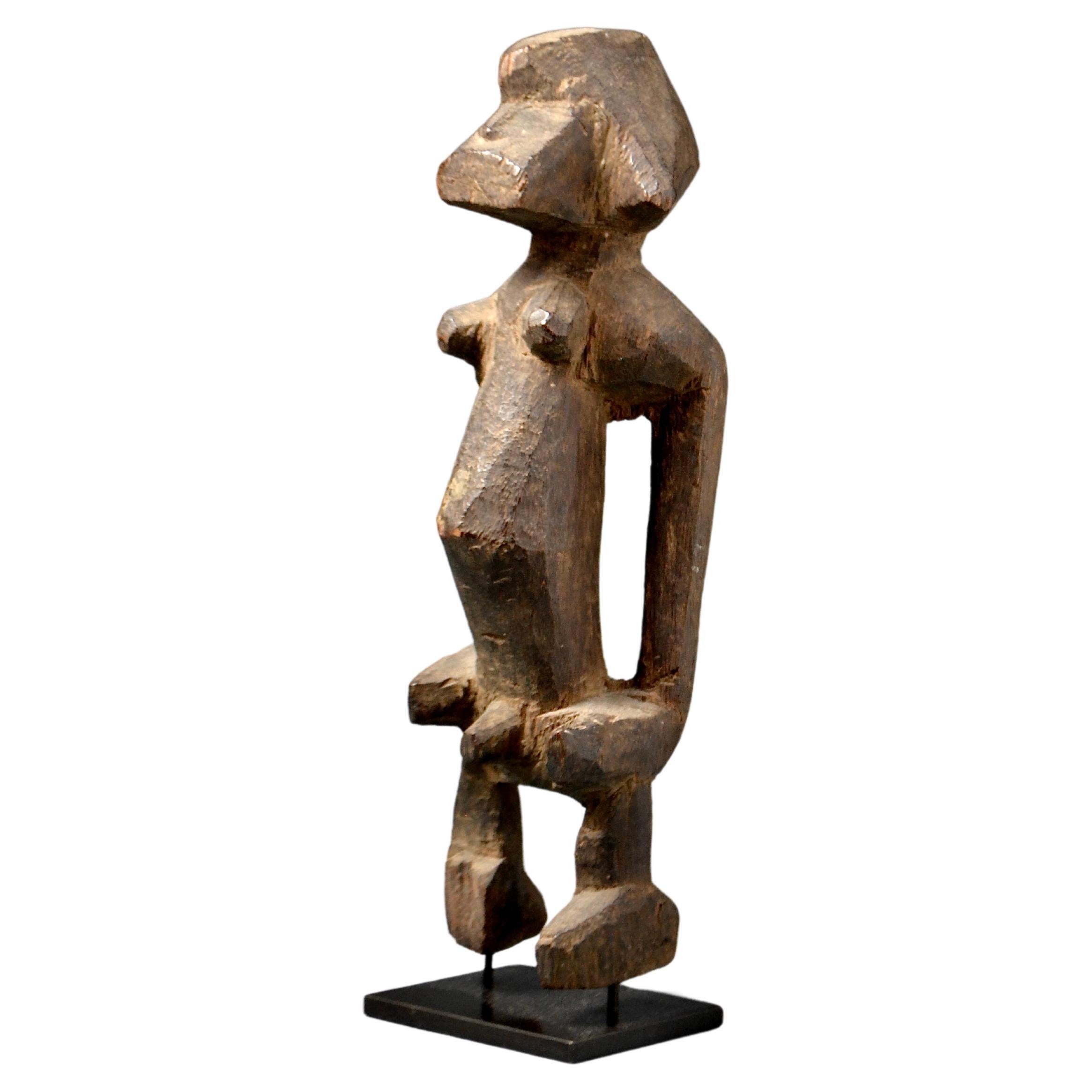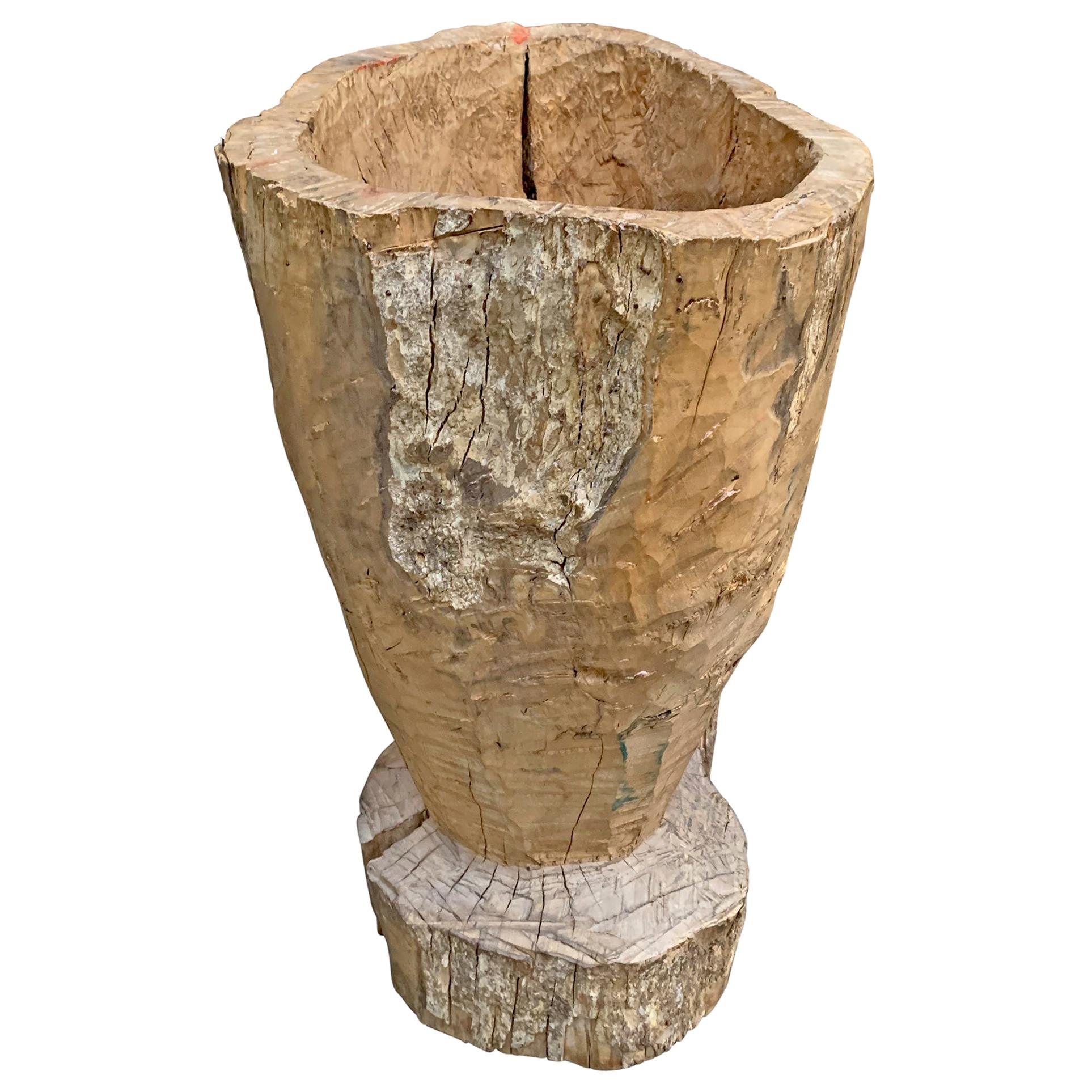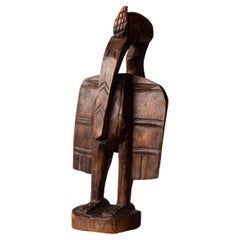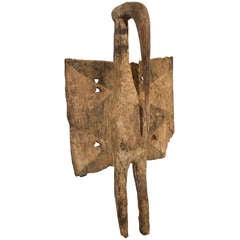
19th Century Senufo Bird
View Similar Items
1 of 10
19th Century Senufo Bird
About the Item
- Dimensions:Height: 52 in (132.08 cm)Width: 25 in (63.5 cm)Depth: 13.5 in (34.29 cm)
- Materials and Techniques:
- Period:
- Date of Manufacture:19th Century
- Condition:Wear consistent with age and use. Minor losses. Minor structural damages. Minor fading. worn to perfection.
- Seller Location:3 Oaks, MI
- Reference Number:1stDibs: LU9444949870
You May Also Like
- Senufo Bird SculptureLocated in London, GBA lovely little hand carved Senufo Sejen bird sculpture from the early to mid 20th century, Africa, Ivory Coast.Category
Early 20th Century Ivorian Primitive Tribal Art
MaterialsWood
- 19th Century Zanzibar ChestLocated in Pasadena, CAThis is a very good example of a 19th century Zanzibar storage chest. The chest was created in the mid-19th century. The teak case is adorned with cut and open work brass strapping i...Category
Antique Mid-19th Century Zanzibari Tribal Blanket Chests
MaterialsBrass
$5,560 Sale Price20% Off - African Currency, 19th CenturyLocated in Dallas, TXThis set of 3 pieces of African currency is very interesting. Looking like some sort of ancient maraca, these 19th century pieces jingle and noise-make with each step. The dimensions...Category
Antique 19th Century African Tribal Art
MaterialsMetal
$3,560 / set - 19th Century Berber ScarfLocated in Brecht, BEA very rare find this mid 19th century unique berber scarf, sublime natural dye colors.Category
Antique Mid-19th Century Moroccan Tribal Art
MaterialsWool
- Oman, Necklace, 19th CenturyLocated in PARIS, FRStunning and rare Omani tribal necklace in gold and silver featuring eight Burgau thalers dated 1780. 19th century. Very good condition. Preserved and professionally framed. Dimensions of the necklace: 52 x 30 x 3 Dimensions of the frame: 70 x 47 x 5 Secure shipping. This fine Omani necklace of silver and gold comprises two strands of spiky, seed pod-like silver beads; gold-wrapped beads; eight silver Maria Theresa thaler coins; and a large silver and gold amulet box, with multiple chain tassels each of which finishes with a square-shaped pendant cut from sheet silver. The cigar-shaped amulet box called hirz would have contained some Koranic verse or religious text. Such a spectacular display of wealth would only have been worn at times of important festivities such as marriage celebrations. Maria Theresa thalers were made in Austria since the reign of Empress Maria Theresa of the Austro-Hungarian Empire. The Empress died in 1780 and since that time, all thalers that were subsequently struck were minted with that date regardless of the actual year that they were produced. The coins achieved such a level of trust for their silver content (which is 83.3% silver) in the Middle East that neither the design not the date was varied, and so for more than 200 years the coins were used as an international currency among the tribes and the states of the Middle East, in much the same way as the Spanish dollar was used as an international currency at the time elsewhere. The thalers were used to complete most important transactions locally and were also given as dowries. They were also an important source of silver and were melted locally for jewellery. The coins made their way to the ports of the Red Sea, Egypt and northern Africa from the ports of Genoa, Trieste, Livorno and Marseille. European traders used the coins to buy precious materials from the Gulf and northern Africa which it desired – commodities such as spices, coffee, gum Arabic, indigo, pearls, and tortoise shell. The importance and the beauty of the coins saw them incorporated into local jewellery most particularly in Oman and Yemen. References Al-Jadir, S., Arab & Islamic Silver, Stacey International, 1981. Harrigan, P., ‘Tales of a Thaler’, Saudi Aramco World, January/February 2003. Hawley, R., Omani Silver, Longman, 1978. Hawley, R., Silver: The Traditional Art of Oman, Stacey International, 2000. Rajab, J.S., Silver Jewellery of Oman, Tareq Rajab Museum, 1998. Ransom, M., Silver Treasures from the Land of Sheba: Regional Yemeni Jewelry...Category
Antique 19th Century Omani Tribal Art
MaterialsGold, Silver
$20,264 - 19th Century Ethiopian ThroneLocated in London, GBThis large, impressive nineteenth-century Ethiopian throne, from the Wollega Oromo culture, features a high, upright back-rest. An attractive cut-ou...Category
Antique Late 19th Century Ethiopian Tribal Tribal Art
MaterialsWood

